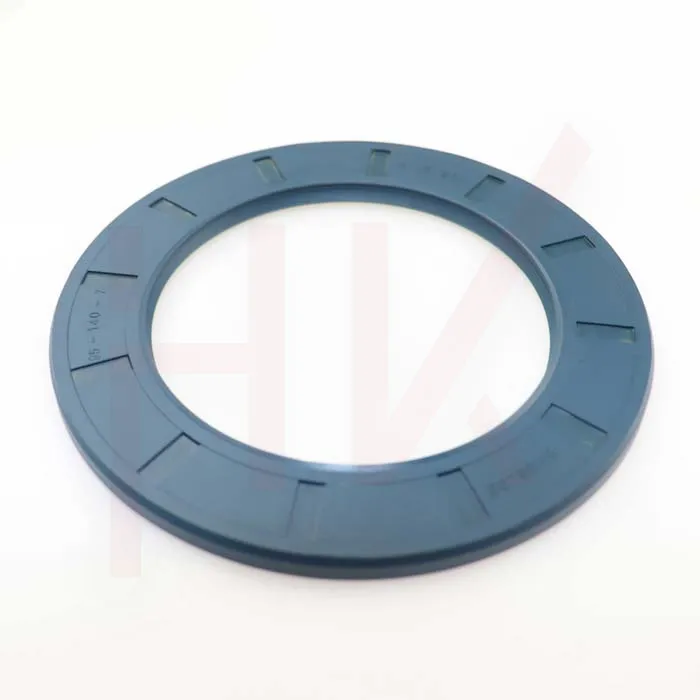វិច្ឆិកា . 11, 2024 20:47 Back to list
hydraulic cylinder seals
Understanding Hydraulic Cylinder Seals A Key Component in Fluid Power Systems
Hydraulic cylinders are vital components in various industrial applications, providing the essential force needed for lifting, pushing, and pulling heavy loads. At the heart of these systems lies the hydraulic cylinder seal, a critical component that ensures the efficient operation of the hydraulic system by preventing fluid leakage and maintaining pressure.
What are Hydraulic Cylinder Seals?
Hydraulic cylinder seals are specially designed components that create a seal between the moving parts of the hydraulic cylinder, including the piston, cylinder barrel, and rod. These seals are crucial for maintaining the integrity of the hydraulic system, as they prevent hydraulic fluid from escaping and keep contaminants from entering. The effective operation of hydraulic machinery hinges on the reliability of these seals, which is why they are engineered with precision and made from high-quality materials.
Types of Hydraulic Cylinder Seals
There are several types of seals utilized in hydraulic cylinders, each designed to fulfill a specific role
1. Rod Seals These seals are located at the rod's entry point into the cylinder. Their primary function is to prevent hydraulic fluid from leaking out of the cylinder when the rod is extended or retracted. Common materials for rod seals include polyurethane and nitrile, which are chosen for their durability and resistance to wear.
2. Piston Seals Positioned between the piston and the cylinder wall, these seals ensure that fluid pressure is maintained behind the piston as it moves. A good piston seal minimizes friction, allowing for smooth operation and extending the life of the hydraulic system.
hydraulic cylinder seals

3. Buffer Seals Also known as backup rings, buffer seals are used to enhance the performance of rod and piston seals by providing additional support under high-pressure conditions. They help absorb shocks and prevent extrusion of the primary seals, ensuring a longer service life.
4. Guide Rings These rings serve to stabilize the piston and rod within the cylinder, reducing wear on other seals and components. They are especially important in larger hydraulic systems that experience significant lateral forces.
Material Considerations
The materials used in hydraulic cylinder seals are critical to their performance. Seals are typically made from elastomers like nitrile rubber, polyurethane, or fluorocarbon, which exhibit excellent resistance to hydraulic fluids and varying temperatures. In some applications, especially those involving extreme conditions, seals might be made from more specialized materials such as PTFE (Teflon) or composites that provide enhanced durability and chemical resistance.
Common Issues and Maintenance
Despite their robust design, hydraulic cylinder seals can encounter issues that lead to failures or inefficiencies in the hydraulic system. Common problems include wear and tear from friction, exposure to incompatible fluids, or damage from contaminants. Regular maintenance is essential to extend the lifespan of these seals. This includes routine inspections to check for signs of leakage, wear, or damage and replacing seals as necessary to prevent costly system failures.
Conclusion
Hydraulic cylinder seals are crucial for the reliable operation of hydraulic systems across various industries, from manufacturing to construction and beyond. Understanding the types of seals, their materials, and the importance of maintenance can help ensure that hydraulic cylinders perform at their best. As technology advances, ongoing developments in seal designs and materials continue to enhance the efficiency and longevity of hydraulic systems, making them more reliable and effective for demanding applications. By prioritizing the selection and maintenance of hydraulic cylinder seals, operators can optimize their machinery’s performance and reduce the risk of unexpected downtime.
-
Unlocking the Potential of Hydraulic Systems with Essential Sealing Solutions
NewsAug.06,2025
-
Unleash the Power of Your Hydraulic Systems with Our Premium Seal Kits
NewsAug.06,2025
-
Specialized Hydraulic Seal Kits for Breakers, Pistons, and Presses
NewsAug.06,2025
-
Revitalize Hydraulic Systems with Premium Repair and Seal Kits
NewsAug.06,2025
-
Fortify Your Cylinders with Premium Sealing Solutions
NewsAug.06,2025
-
Elevate Hydraulic System Reliability with Specialized Seal Kits
NewsAug.06,2025
-
TCN Oil Seal Metal Ring Reinforcement for Heavy Machinery
NewsJul.25,2025
Products categories
















